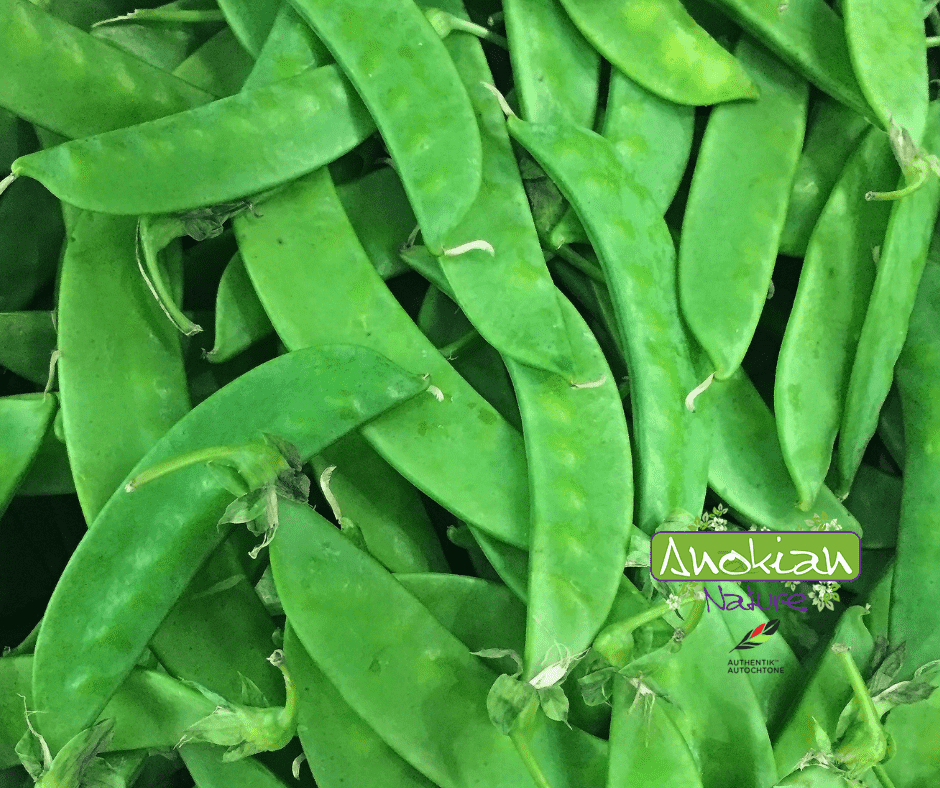Skip to product information










Seed | Oregon Giant Snow Peas
$3.99 CAD
Quantity
Oregon Giant snow peas produce abundant pods of flat, fleshy, and exceptionally large pods. This robust variety grows to 120-150 cm tall and is resistant to common diseases.